
What do the Big Three, Bleach, Naruto, and One Piece, in the anime industry all have in common? While many might mention their prolonged runtimes, iconic characters, and stunning sound designs, others may note the non-canonical catastrophe that is filler episodes. Filler episodes tend to carry negative associations with them, as they are interpreted as an excuse for lazy writing and animating. Many times, these episodes are so egregious that it turns away potential audience members. However, regardless of the fan's reactions, filler episodes do serve a purpose.
While filler content is mainly affiliated with anime, it exists in many media forms including comic books, live-action films, live-action TV series, literature, and toys. Although tracking the history of the first filler episode featured in film, TV, or anime is nearly impossible, key series to the anime industry such as Dragon Ball and the Big Three can highlight the overuse of this content type during the 1980s into the 2000s.
Filler Episodes Defined
According to TVTropes, filler episodes are summarized in this summary:
Filler episodes are entries in a generally continuous serial that are unrelated to the main plot, don't significantly alter the relations between the characters, and generally serve only to take up space. The term is most widely used in anime fandoms, where filler more precisely refers to anything that isn't in the original source material, as the vast majority of anime aren't wholly original works but rather adaptations of existing material.
The second sentence is extremely important to define modern-day anime's use of filler episodes. While many filler episodes tend to turn to comedy, the reality is that any content outside the source material falls under this category. So, the action filler arcs in Bleach are as much filler content as the comedy routines in Naruto.
Source Material
The primary reason that filler episodes and arcs are added to any anime series is related to the source material. Since production studios tend to adapt the source material (e.g. light novels, manga, etc.) into an anime series before the end of the original content, there are significant time gaps before any new story content is produced. Filler episodes bridge that gap that may span anywhere from a few weeks to several years at most.
Manga artists are also known to work day and night tirelessly and relentlessly; however, they are still human. Each manga artist has his or her unique creative process that varies widely depending on style and speed. Likewise, even the greatest manga artists can fall victim to temporary ailments and chronic illnesses which can lead to years-long delays in the anime series. For example, Hunter x Hunter's manga artist, Yoshihiro Togashi, has been on a four-year-long hiatus since 2018 due to chronic debilitating back pain that has plagued him for years.
Plot Flow
Another reason that filler content is added to an anime series is related to the story's plot flow. For many fans, most filler episodes are perceived to break the natural flow of the main story arc. For the most part, this is true, but the placement of filler content in a series can provide much more than comic relief.
For example, certain filler episodes can change the tone of a series for a short period allowing the audience to reset his or her emotions. If there are too many scenes with high stakes and complex drama, there may not be much breathing room before the series tries to switch into a tonally-different story arc. Another example would be to explore certain qualities in the main characters or side characters that may be underplayed in the main story arc.
Pop Culture
Filler content above all else extends the series far longer than originally intended. The Big Three falls trap to filler episodes, but they also strategically utilize these episodes. Whether cognizant or not of the filler content's effects, word-of-mouth marketing about the anime series never truly dies.
For example, One Piece is a pop culture icon that is marketable in much more than in its main series, spinoffs, or movies extending to footwear. Some of the funniest moments are in filler episodes, even if they aren't canon, and they are widely talked about, especially with the younger generation's obsession with meme culture.
Bleach
The Bleach franchise is notorious for its filler arcs that swerve the main series off-course for multiple months or a year at most. Some of the story arcs that are fully-fledged fillers include the Bount Arc, the Kasumioji Conspiracy Arc, the Zanpakuto Rebellion Arc, and the Reigai Uprising Arc. These filler episodes and arcs are very experimental ranging from ridiculous scenarios to distasteful outcomes. Luckily, for many modern watchers of the anime series, several lists have been made to avoid these horrid episodes and arcs entirely.
Naruto
While Naruto manages to restrict the filler content to single or multiple episodes instead of fully-fledged arcs, there is still a lot of it. Most of the filler episodes are dedicated to missions including the Mizuki Tracking Mission, Kurosuki Family Removal Mission, and Daimyo Heir Escort Mission. The series does have one fully-fledged filler arc which is the Third Great Beast Arc.
As stated previously, not all filler episodes are disregarded or disliked by fans. For example, throughout the original Naruto series, Team 7 is adamant to find out what their mentor, Kakashi, looks like beneath his mask. Many times the face reveal is teased throughout the filler episodes; however, it is not until the sequel to the main series, Naruto: Shippuden, that his face is finally revealed in Episode 469.
Demon Slayer
Even Demon Slayer, a mostly filler-free anime series, falls victim to filler content although luckily only for one episode. Demon Slayer: Mugen Train is split into a two-hour-long movie version and a ten-episode-long story arc. Although almost identical at times, the first episode of the story arc version is technically a filler episode as nothing, in particular, happens in the span of the twenty-three-minute runtime. The audience is able to learn more about Kyojuro Rengoku during the episode, so it does story-wise give depth to his character, but it doesn't progress the plot.
While not always the most fun to watch, filler content is a vital element of the anime production process and will likely continue to be included in many anime series moving forward, specifically in the Big Three: Bleach, Naruto, and One Piece. The shōnen genre appears to be one of the most popular places for filler content to exist; however, there is a concerted effort taking place within the genre to cut out this content for better pacing, engagement, and storytelling.
Source(s): TVTropes, Chart Attack, NYU Local, ComicBook, & AnimeNewsNetwork.

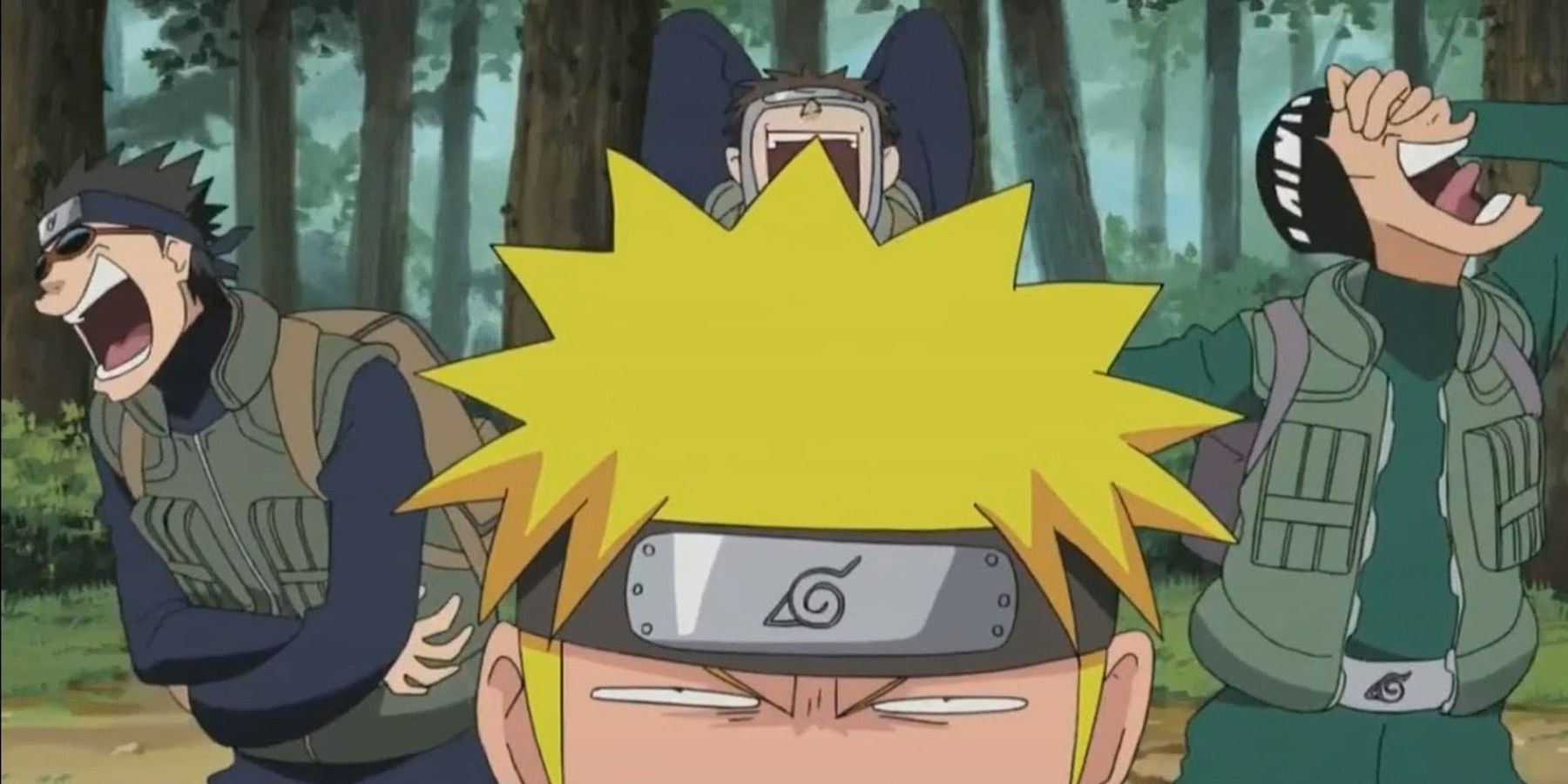
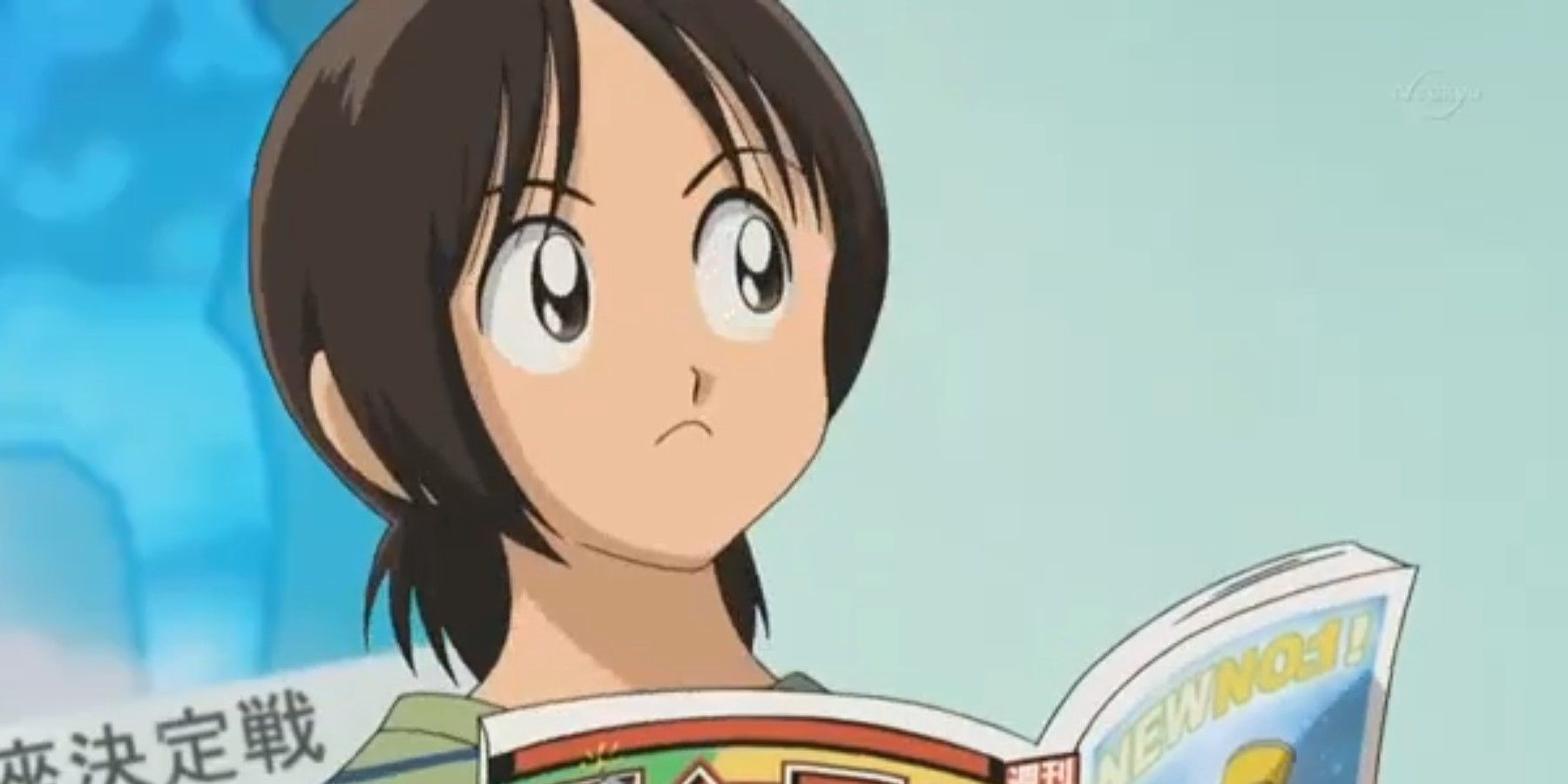
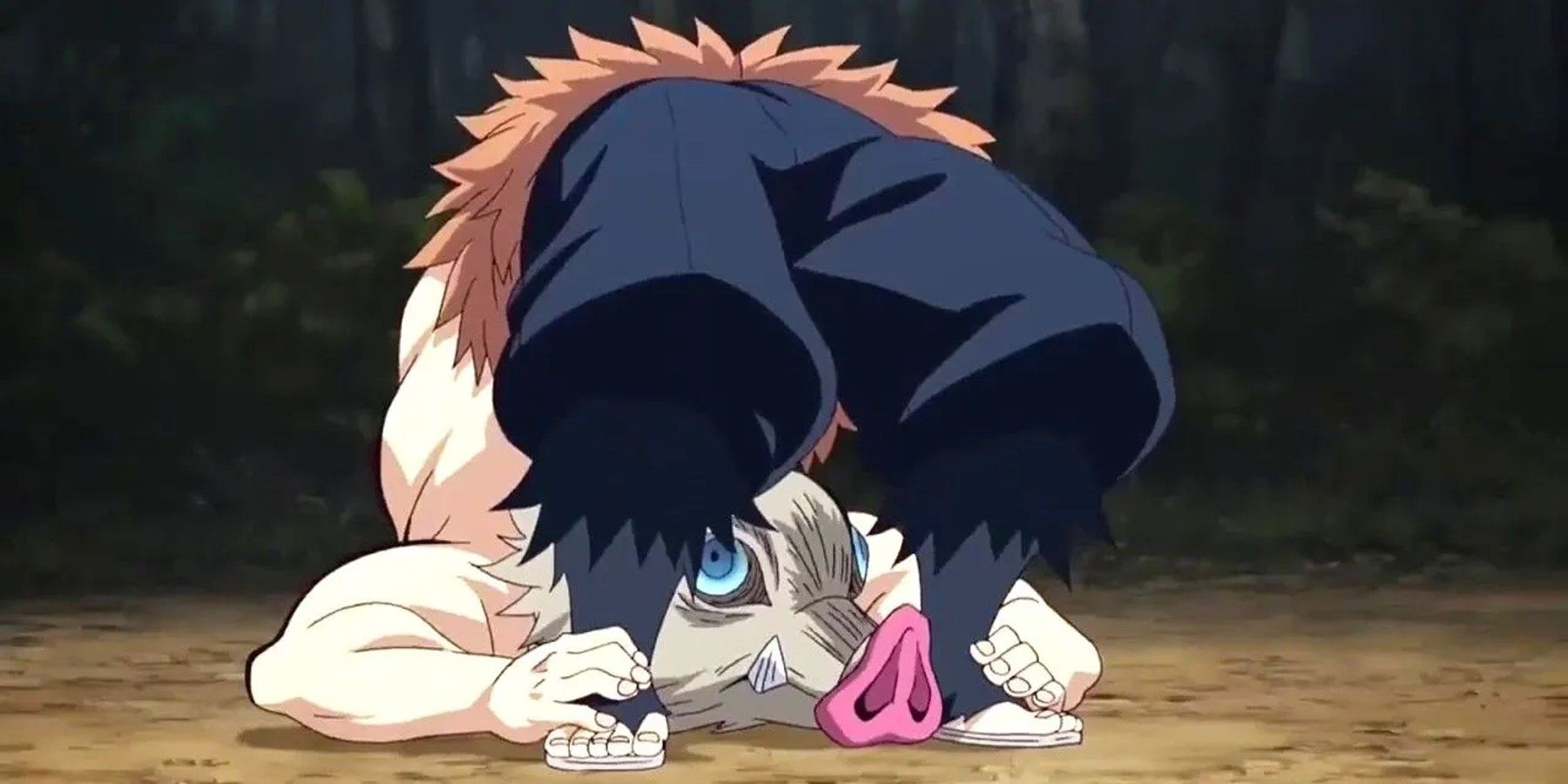
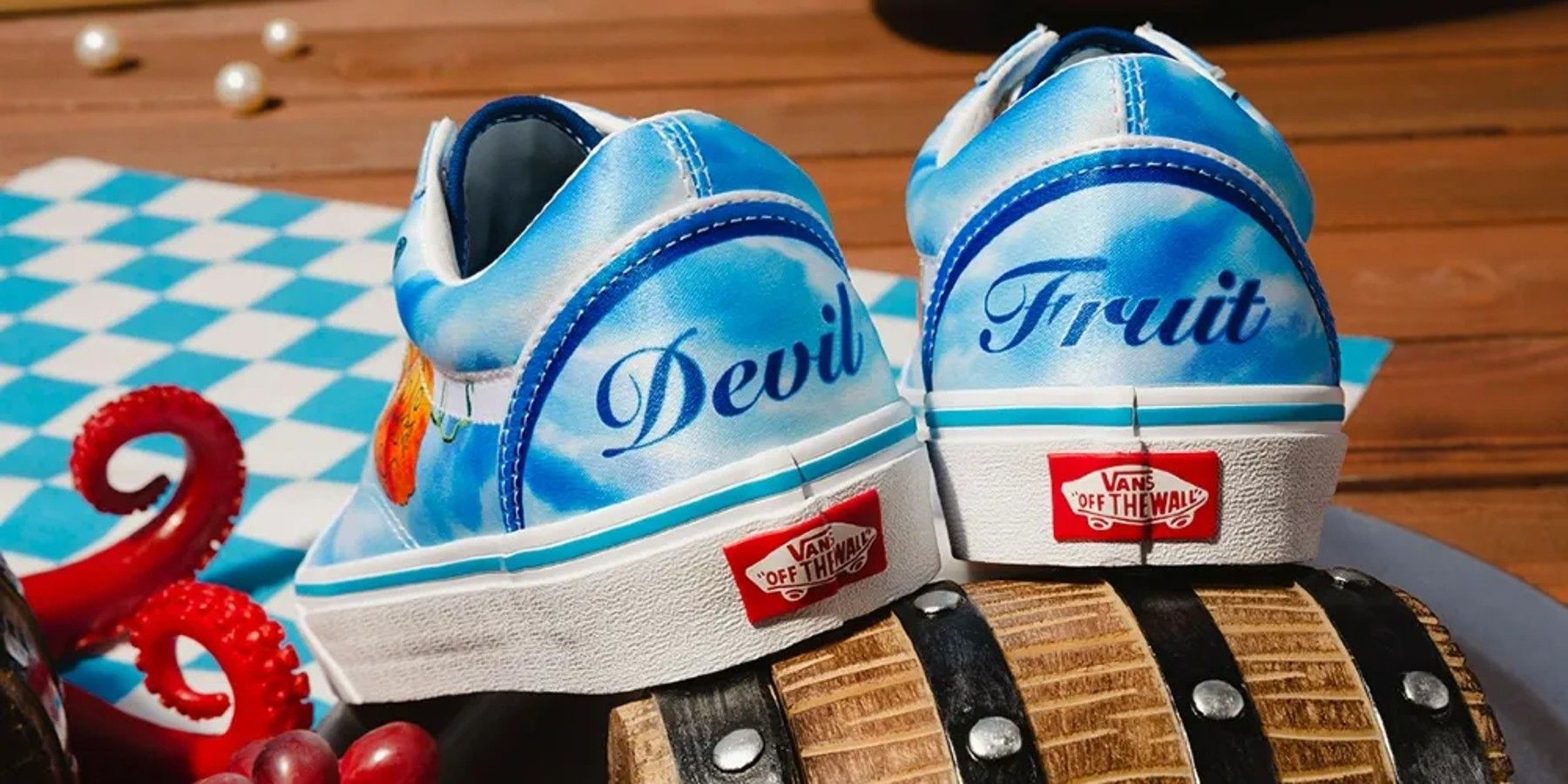
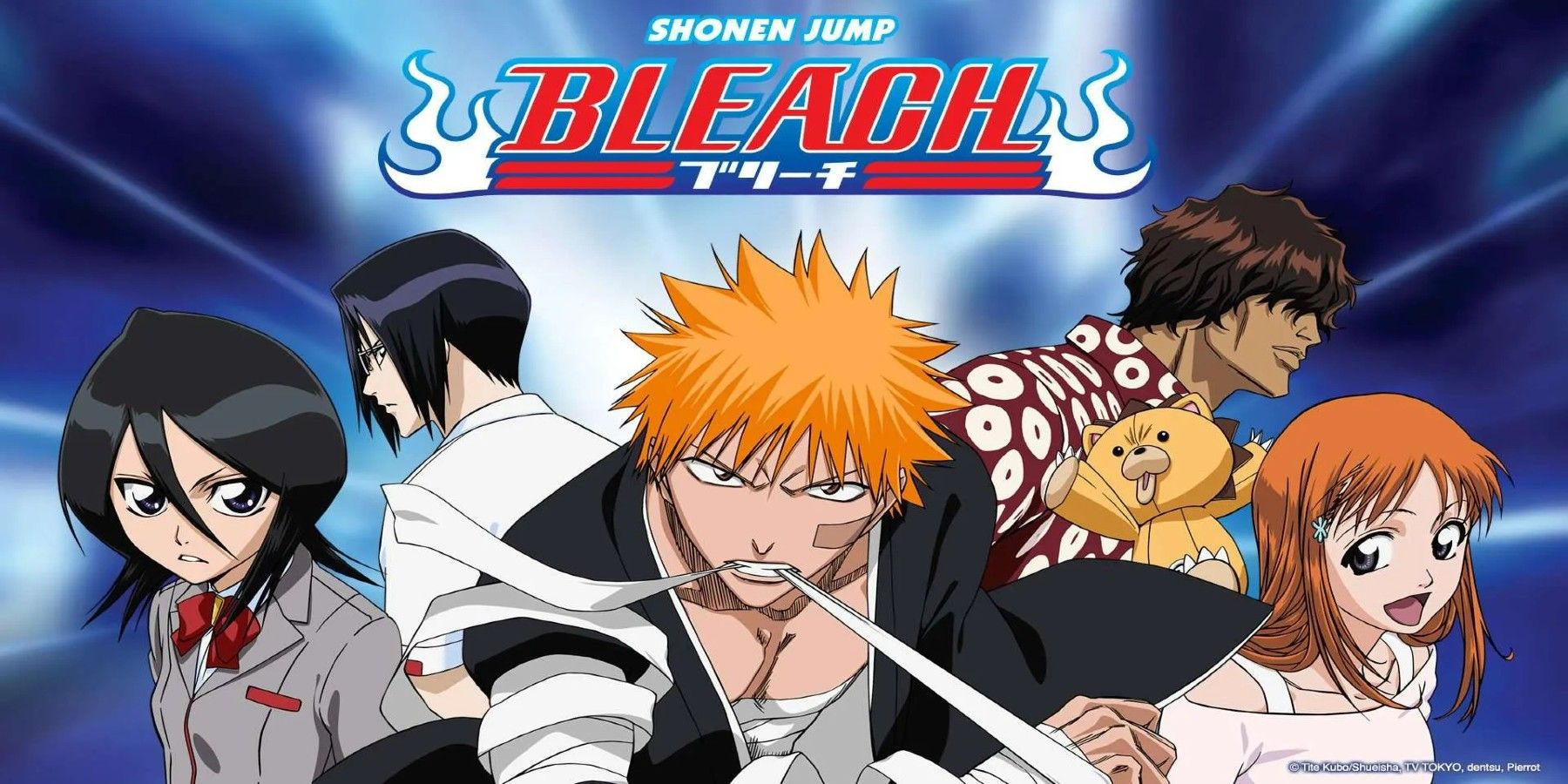
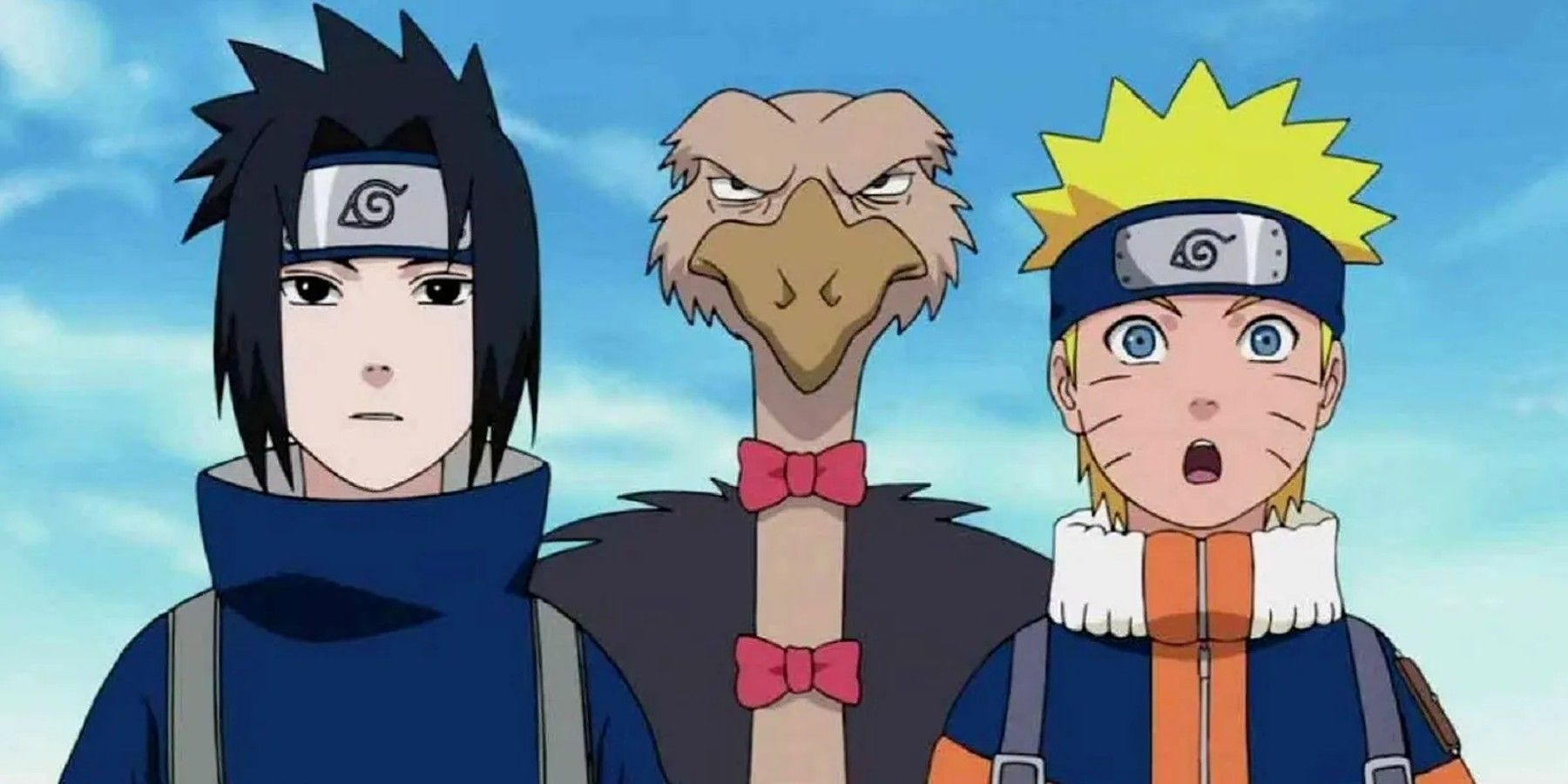
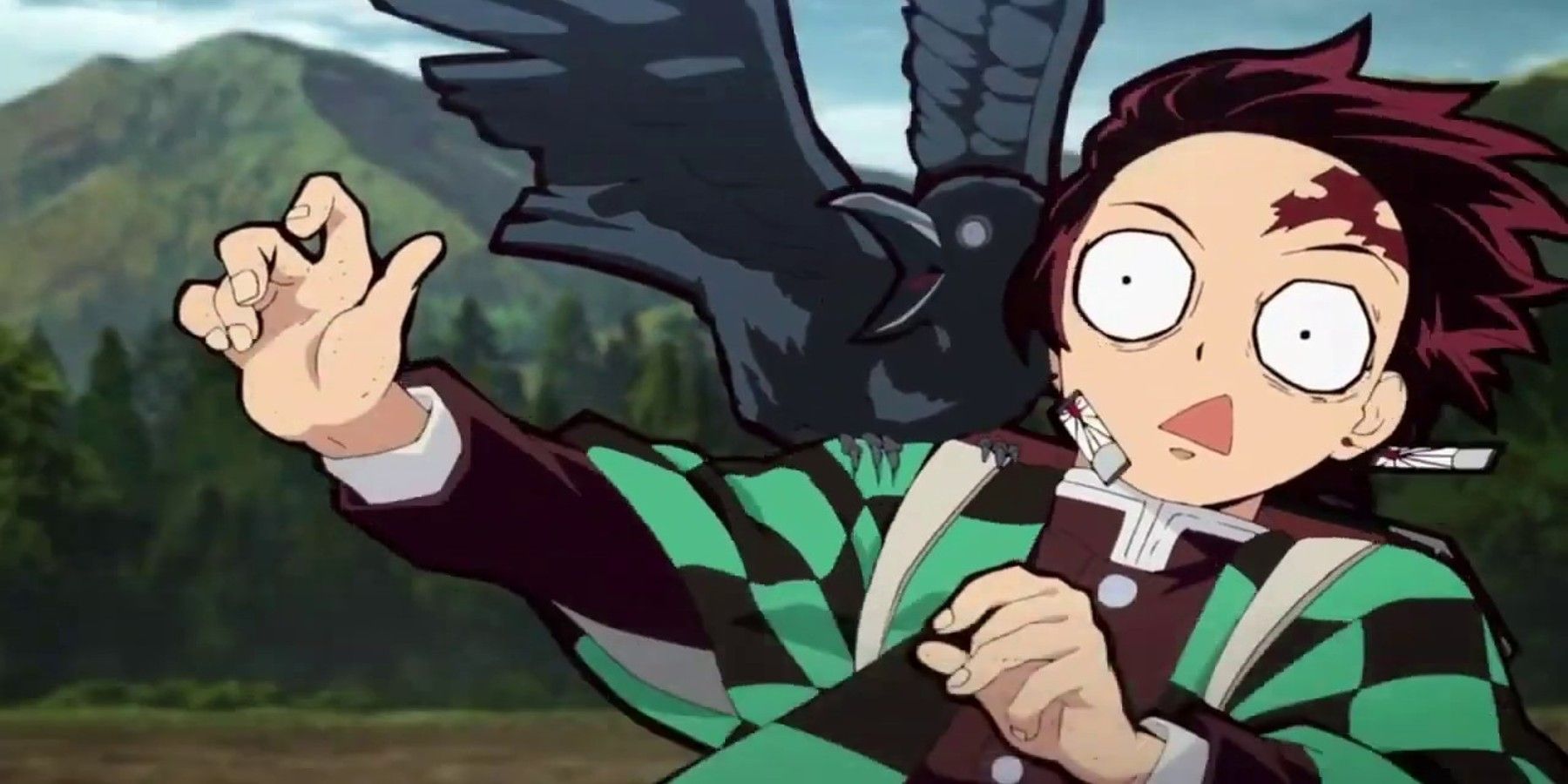
Post a Comment